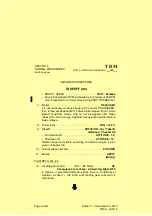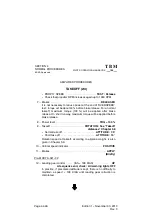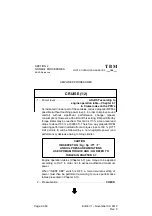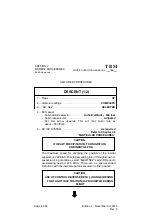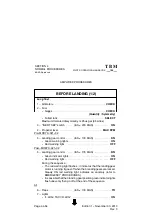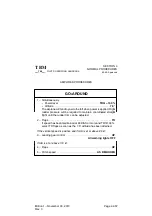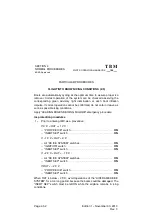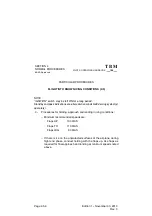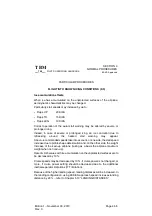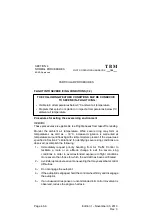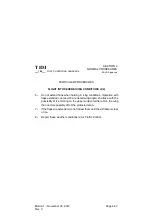
TBM
PILOT’S OPERATING HANDBOOK
700
SECTION 4
NORMAL PROCEDURES
EASA Approved
Page 4.4.56
Edition 1 -- November 30, 2010
Rev. 0
AMPLIFIED PROCEDURES
LANDING
1 -- Power lever
IDLE
. . . . . . . . . . . . . . . . . . . . . . . . . . . . . . . . . . . . . . . . .
Avoid three--point landings. Adopt a positive flight attitude in order
to touch runway first with main landing gear.
After wheel touch :
2 -- Reverse
As required
. . . . . . . . . . . . . . . . . . . . . . . . . . . . . . . . . . . . .
(Reverse may be applied as soon as the wheels touch the ground.)
To avoid ingestion of foreign objects, come out the reverse as
speed reduces and use the brakes if necessary for further
deceleration.
High power reverse at low speed can throw loose material into the
air, and can cause control problems and decrease the comfort of
crew and passengers. If permitted by the runway length, it is better
to adopt a moderate reverse.
CAUTION
USE OF CONTROL REVERSE BETA (
β
)
RANGE (BEHIND
THE FLIGHT IDLE POSITION) IS PROHIBITED DURING
FLIGHT
ON SNOWY OR DIRTY RUNWAY, IT IS BETTER NOT TO
USE REVERSE
3 -- Brakes
As required
. . . . . . . . . . . . . . . . . . . . . . . . . . . . . . . . . . . . . .
It is advised not to brake energetically, as long as speed has not
reached 40 KIAS, as otherwise wheels may be locked.




